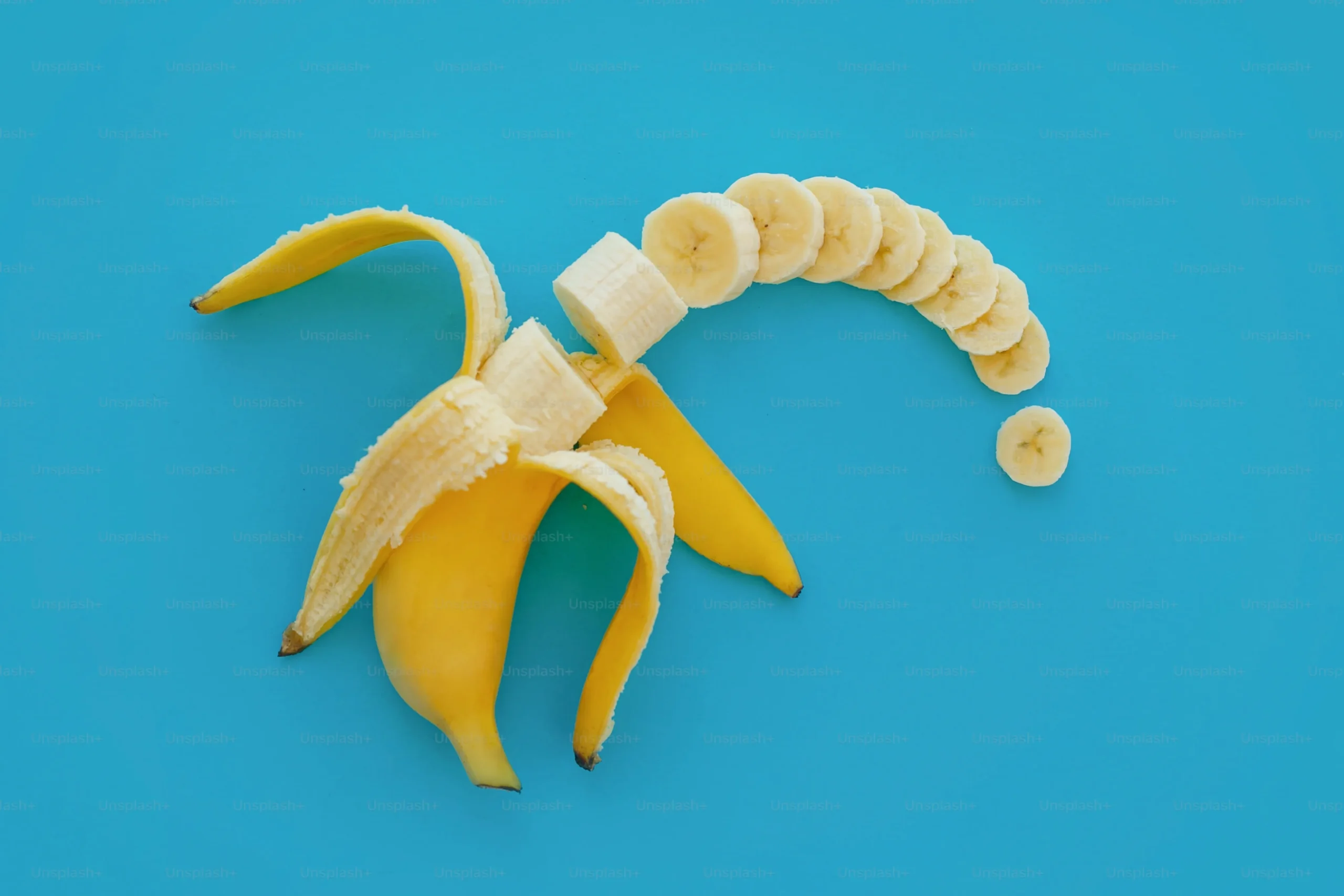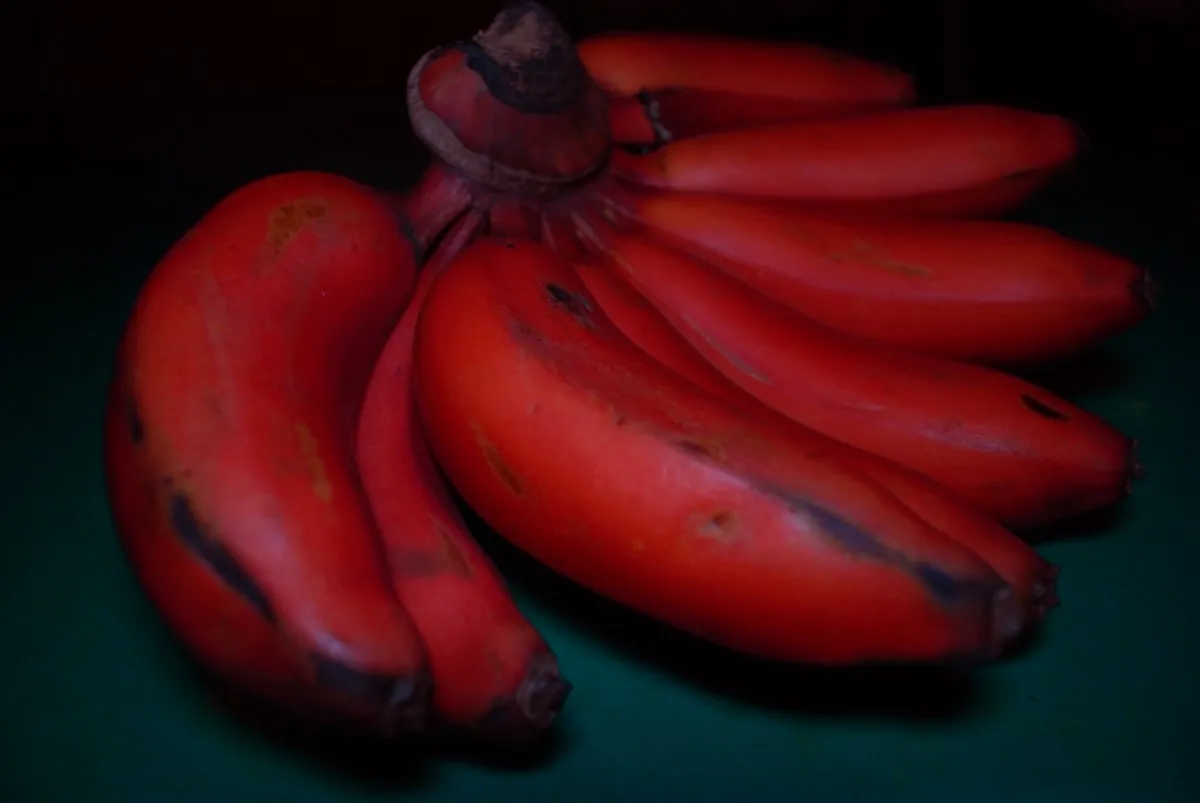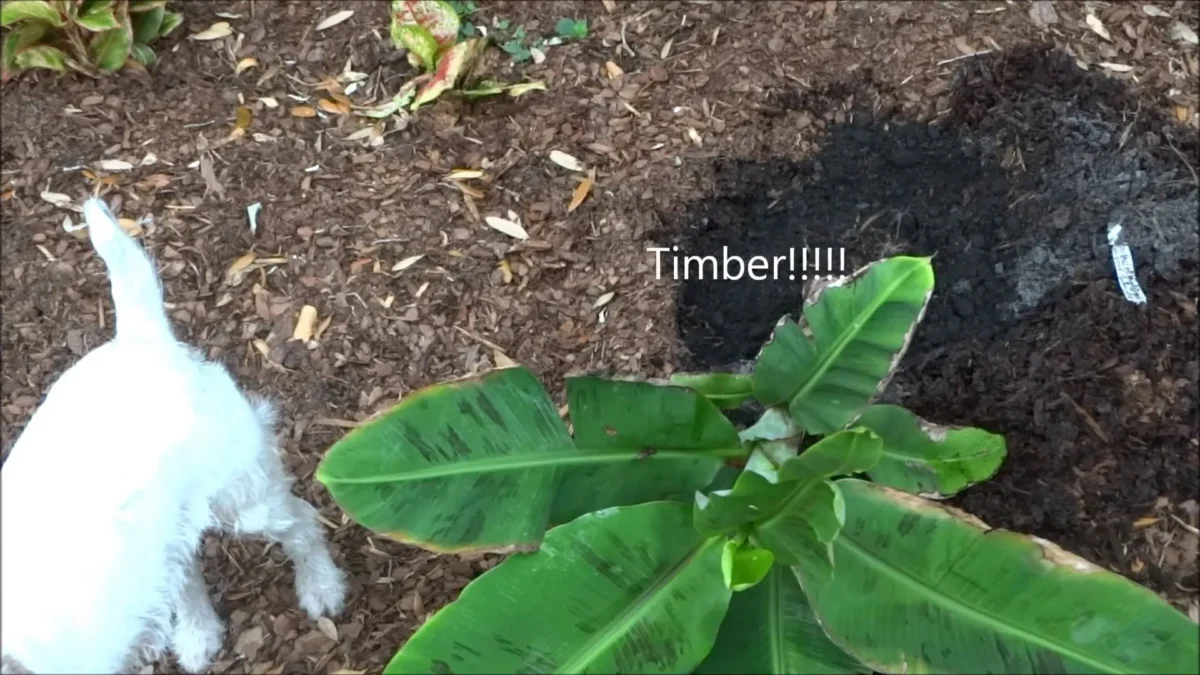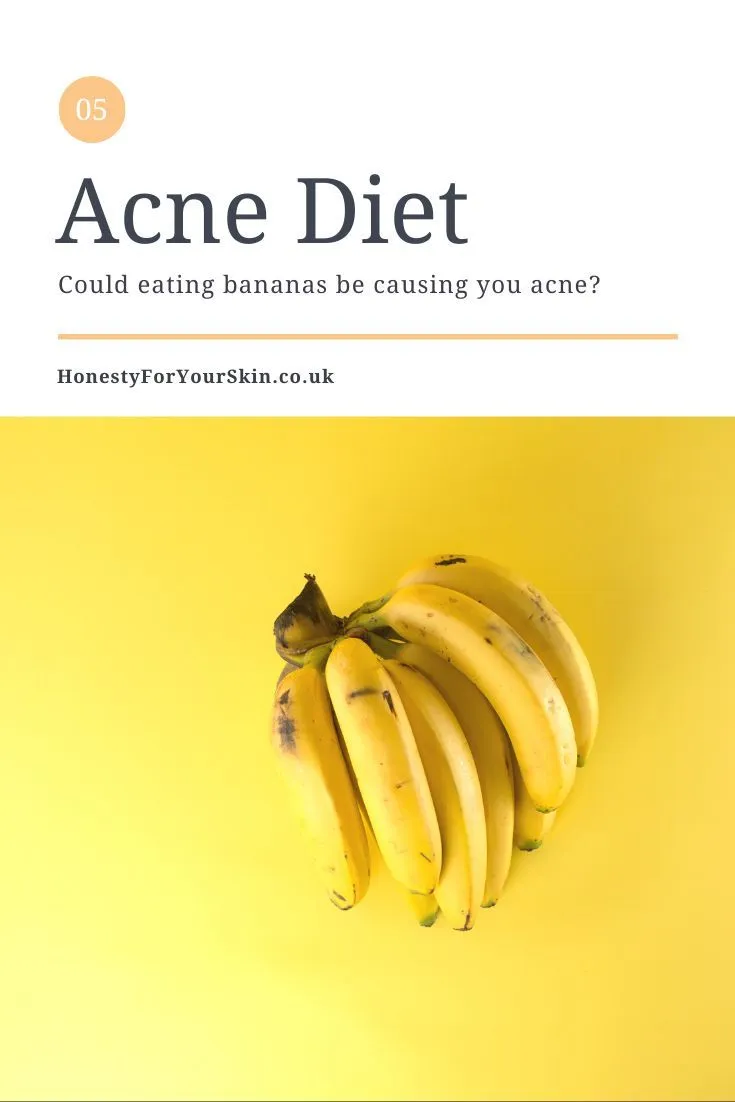If you’ve ever found yourself with a bunch of overripe bananas on your hands, you know the struggle of trying to figure out what to do with them. But have you ever wondered why bananas go bad in the first place? In this article, we’ll explore the science behind what causes bananas to spoil, as well as the telltale signs that your bananas are on their way out.

But fear not! We’ll also provide tips on how to prevent your bananas from going bad in the first place, including storage techniques and buying habits. And for those times when your bananas do go a little too soft, we’ll share some creative ways to still put them to good use.
So whether you’re a banana enthusiast or just looking to waste less food, continue reading to learn everything you need to know about when the bananas go bad.
What causes bananas to go bad?

Bananas are a beloved fruit that is both delicious and nutritious. However, as with any perishable food, bananas have a limited shelf life and can go bad if not stored properly.
The primary factor that causes bananas to go bad is the natural process of ripening. Bananas are harvested while they are still green in order to prevent them from becoming too ripe during transport. As they reach their destination, the bananas begin to ripen due to exposure to air and sunlight.
During the ripening process, bananas produce ethylene gas which speeds up the chemical reactions within the fruit. This causes enzymes within the banana to break down complex molecules into simpler ones which results in softening of its texture and sweetness.
If left unattended for too long or stored improperly (such as in direct sunlight or in a warm environment), this natural process can progress more rapidly than intended causing overripe bananas that will become mushy or develop dark spots on their skin.
To prevent your beloved bunch from going bad too soon, it’s important to store them properly by keeping them away from direct sunlight and heat sources. You can also slow down their ripening by storing them in cool temperatures like refrigerators but note that this will also cause their skins turn brown but inner flesh remains unaffected.
So next time you’re enjoying a delicious yellow banana, remember why they might start going bad before you even get through all of them!
Bananas are a delicious and nutritious fruit, but they do have a limited shelf life. Knowing when your bananas are starting to go bad is key to preventing waste and ensuring that you always have fresh fruit on hand.
One of the first signs that your bananas are going bad is their appearance. As they start to age, you may notice brown spots or discoloration on the skin. This is caused by enzymes breaking down the starch in the fruit, and it can be an early warning sign that your bananas won’t last much longer.
Another way to tell if your bananas are going bad is by their texture. As they age, bananas will become softer and mushier than when they were fresh. If you notice that your banana feels squishy or has a sticky residue on its skin, it’s time to use it up before it becomes too soft.
Finally, smell can also indicate whether or not a banana has gone bad. As fruits ripen and begin to decay, they release ethylene gas which causes them to emit a strong odor. If you detect an unpleasant smell coming from your banana, it’s best to dispose of it immediately.

In conclusion, keeping an eye out for changes in appearance, texture and smell can help prevent overripe or spoiled bananas from going unnoticed in your kitchen. By incorporating these tips into your routine grocery shopping habits,you’ll be able to enjoy fresh ripe banana every day!
How can you prevent your bananas from going bad?
Bananas are a beloved fruit, but their quick ripening and tendency to go bad can be frustrating for many. However, there are a few simple steps you can take to prevent your bananas from going bad too quickly.
Firstly, it’s important to understand that bananas release ethylene gas as they ripen, which speeds up the process of decay. To counteract this, try storing your bananas away from other fruits and vegetables that are sensitive to ethylene gas. This will help slow down the ripening process and keep your bananas fresh for longer.
Another great tip is to wrap the stems of your bananas in plastic wrap or aluminum foil. The stem is where most of the ethylene gas is released from, so by covering it up you can further slow down the ripening process.
It’s also important to store your bananas at room temperature until they reach your desired level of ripeness. Once they’re ripe enough for you, move them into the refrigerator – this will help extend their shelf life even further.
Lastly, don’t be afraid to freeze those overripe or soon-to-be-overripe bananas! Frozen bananas make for a great addition in smoothies or can be used in baking recipes later on.

« Solutions for Dry Banana Bread Batter: Tips and Tricks for Perfectly Moist Bread Every Time
The Top Most Amazing Banana Beauty Tips and Benefits »
By following these simple tips and tricks, you’ll be able to keep your beloved yellow fruit fresh and delicious for longer periods of time!
The creative ways to use overripe bananas.
Bananas are a beloved fruit for many, but what happens when they start to go bad? Instead of tossing them in the trash, there are creative ways to use overripe bananas that can add some excitement to your culinary creations.
One way to use overripe bananas is by making banana bread or muffins. The natural sweetness of the ripe bananas adds a unique flavor and moist texture to the baked goods. Plus, it’s a great way to use up those browned bananas that might otherwise go uneaten.
Another option is freezing the overripe bananas and using them later for smoothies or ice cream. Frozen bananas make for a creamy base that pairs well with other fruits and flavors. Additionally, you can also blend frozen banana slices into a homemade “nice cream” as a healthier alternative to traditional ice cream.
For those who enjoy savory dishes, mashed overripe bananas can be used as an egg substitute in recipes like veggie burgers or pancakes. The mashed fruit adds moisture and binding properties similar to eggs without any added cholesterol.
Finally, don’t forget about banana peels! While they’re not edible on their own, they can be used as natural cleaning agents or even composted for your garden.
The possibilities are endless when it comes to using overripe bananas creatively in your kitchen and beyond. So next time you have some browned bananas sitting around, try out one of these unexpected uses instead of letting them go to waste!
Check out our other articles to find out even more about banana.
We hope this article gave you a better understanding of what causes bananas to go bad and how to prevent it. We also showed you some creative ways to use overripe bananas. With all these tips, now you can have plenty of delicious, ripe bananas available for your needs! Check out our other articles to find out even more about banana and make sure that none ever goes bad again!










